Field mice don’t usually invade homes as house mice do, but they also carry infectious diseases. This is why you should get rid of them as soon as possible. They have some similarities with house mice, but they have different physical, habitat, and behavior characteristics that you should know.
What does a field mouse look like? Field mice have varying brown colors in their bodies. They have white hairs that reach all the way back to their tail. Field mice also have large eyes, ears, and pointed snouts.
As their name suggests, field mice are most commonly found in fields and grasslands. However, they also enter houses in search of food and warm shelter. This species of mice are not a common household pest. Nevertheless, they still pose health risks to humans because they transmit infectious diseases.
What Is a Field Mouse?
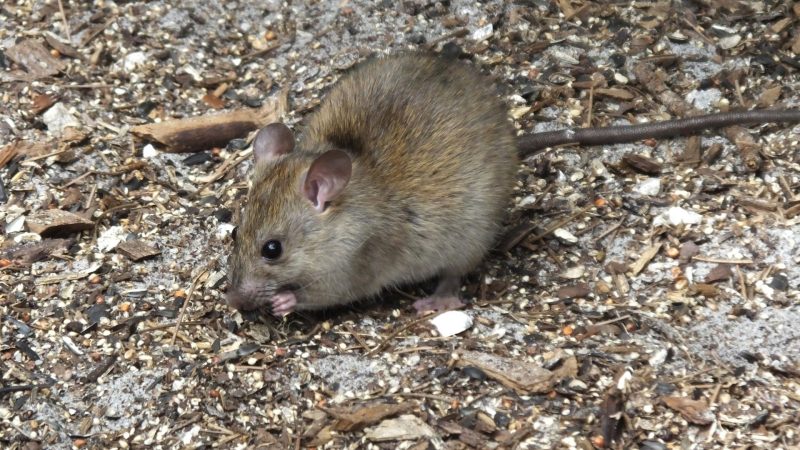
Scientifically known as “Apodemus sylvaticus,” field mice belong to the Muridae family, which has the most number of mouse species. They have other names such as common field mouse, European wood mouse, and long-tailed field mouse. In the US, field mice are also sometimes referred to as deer mice.
Field mice are native to northern Europe and are close relatives of the yellow-necked mice. They are the most widespread mouse species in the UK. However, field mice are also found in northwestern Africa and various parts of the United States. These small rodents are nocturnal, just like all other species of mice.
What Is the Difference Between a Field Mouse and a House Mouse?
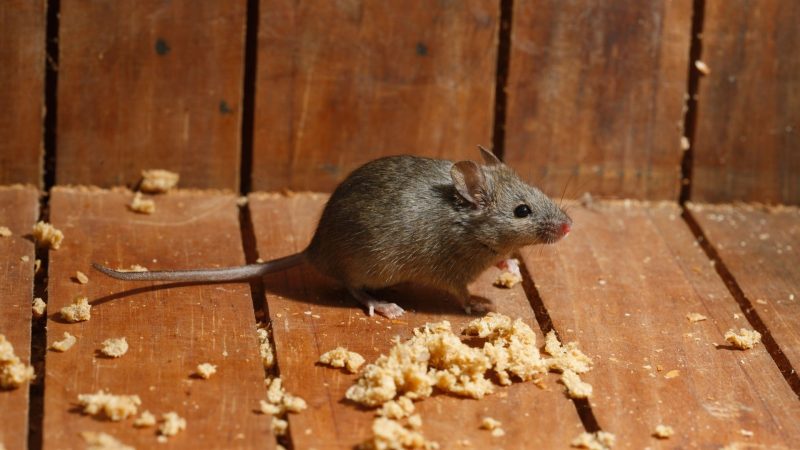
As mentioned earlier, a field mouse and a house mouse (scientifically known as Mus musculus) seem to look the same. However, they have lots of differences that you should understand. Here are some of them:
- Field mice are slightly bigger than house mice.
- The field mice have a varying brown color, while house mice have uniform brown color from head to tail.
- Field mice have large ears relative to their size and have large eyes, while the ears of house mice are smaller and have small beady eyes.
- The field mice have pointed snouts, while house mice have round and shorter snouts.
- Field mice have white feet, while house mice have solid-colored feet.
- The hind legs of field mice are bigger and stronger than that of house mice.
- A field mouse tail is moderately furred, as compared to a house mouse tail that has almost no fur on it.
- Field mice don’t have a very strong smell, so you’ll hardly notice if they are in your house. On the other hand, house mice have a very strong smell.
- Both of them enter the houses. However, field mice prefer to stay longer in forests and grassy areas. House mice prefer both rural and urban areas, hence their name.
- Field mice are carriers of Hantavirus Pulmonary Syndrome (HPS), while house mice are not known to be carrying this disease.
How Big Can a Field Mouse Get?
An adult field mouse is around 6 – 15 cm (2.4 – 6 in) long, while its tail is 7 – 14.5 cm (2.7 – 5.7 in) long. They usually weigh between 15 and 50 grams (0.5 and 1.8 ounces). A young field mouse may reach maturity in 2 months. On average, males weigh about 25 grams, while females weigh approximately 14 grams.
What Color Is a Field Mouse?
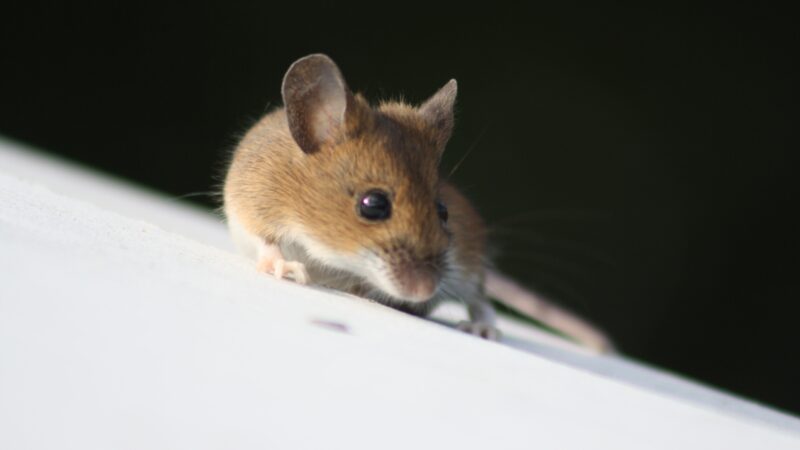
The field mice’s dorsal area (back) can be golden-brown, sandy brown, or grayish brown which goes darker towards the spine. Meanwhile, their underparts are usually white, or light grey tinged with yellow. Their feet are white, so they are also associated with white-footed mice (Peromyscus leucopus).
Where Do Field Mice Usually Live?
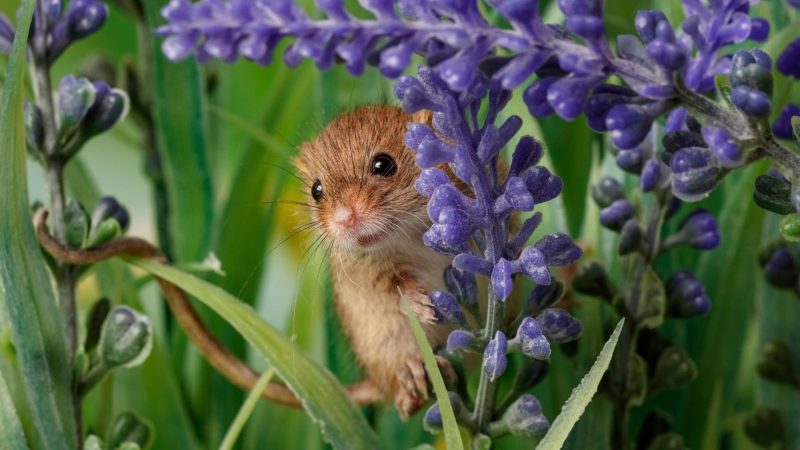
Field mice mostly inhabit cultivated fields, forests, grasslands, woodlands, or any place that they find adequate and safe enough for them, especially for their young. Nevertheless, they also burrow extensively in agricultural landscapes and gardens or live in homes hiding from humans, particularly in the fall and winter.
During these harsh seasons, field mice usually dig circular burrows that are about 8 – 18 cm (3.14 – 7 in) deep and 3 cm (1.2 in) wide. Here, these mice build nests that are made of leaves and shredded grass. They are generally nocturnal, which means they are most active at night and sleep in the day.
What Does a Field Mouse Eat?
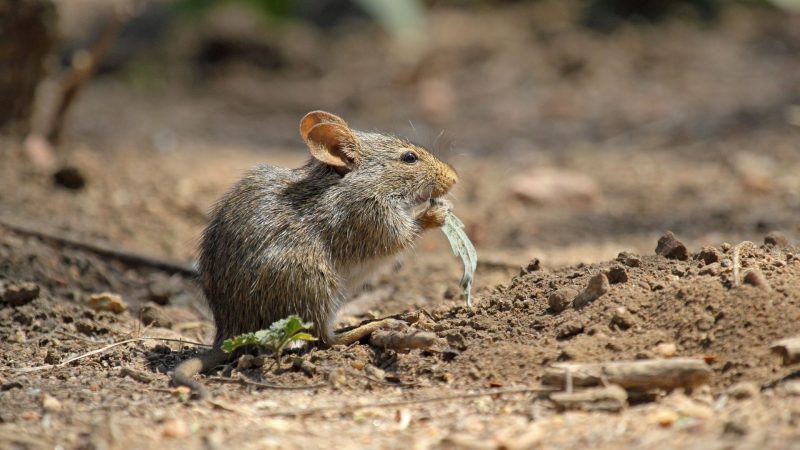
Just like other mouse species, field mice are generally omnivorous, which means they eat plants and animals. They feed mainly on seeds on trees, but they also eat grains, nuts, berries, fruits, plants, roots, grasses, insects, and snails. Once these mice have collected enough food, they store them in their nest burrows.
How High Can a Field Mouse Jump?
Field mice are not saltatorial species, which means their hind legs are not modified for jumping as compared to grasshoppers. However, they have big, elongated hind legs that help them jump to as high as 70 cm (27.5 in)! Amazingly, field mice are also generally excellent swimmers and climbers.
How Long Does a Field Mouse Live?
During captivity and living in good conditions, a field mouse can live from 4 to 4.4 years. But in the wild, where they can hardly escape from predators such as owls, foxes, and domestic cats, they usually have an average lifespan of only a year. In fact, only a few adults are likely to survive from one summer until the next one.
How Long Can a Field Mouse Live Without Food?
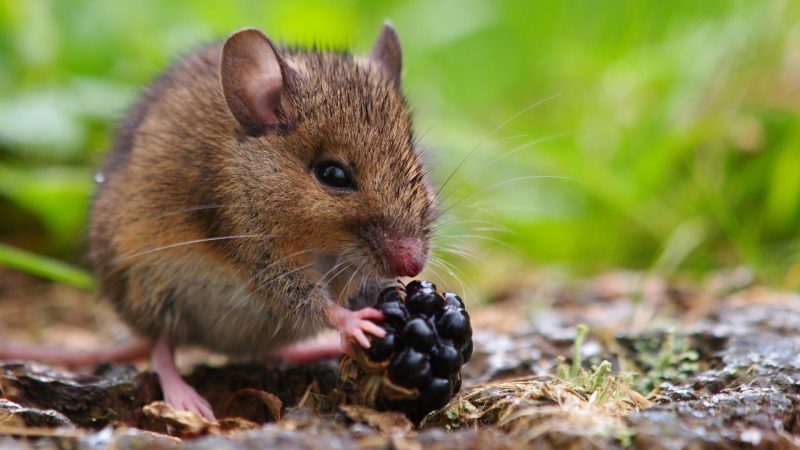
Just like most mouse species, field mice need food more than water. They usually get water (moisture) from their food, and they can digest food very quickly. Typically, a field mouse can still live for 3 – 4 days without food. On the other hand, it can still survive without drinking water for about a month.
Are Field Mice Dangerous to Humans?
Generally speaking, field mice and other mouse species avoid humans. They also rarely attack people. However, a field mouse may bite humans once it feels threatened or when it is cornered. Nevertheless, mouse bites are usually not serious and can easily be treated. Filed mice are also not known to carry rabies.
But nonetheless, field mice are dangerous to humans because they carry viral infectious diseases. This includes Lymphocytic choriomeningitis (LCM), Leptospirosis, Salmonellosis, and Hantavirus Pulmonary Syndrome (HPS). They can be directly transmitted to humans through direct contact with infected mice and their feces.
Will a Field Mouse Live In a House?
Field mice will live in a house with humans. However, it’s not really a common scenario. In fact, field mice rarely cause indoor infestations. They may only enter a house to keep themselves warm during colder months. During summer, field mice dig deep burrows and build their nest underground.
How to Catch a Field Mouse in the House?
If there are field mice (or house mice) in your house, you should think of ways to get rid of them immediately. But unfortunately, these pests are very alert and are very quick in hiding. And because you’ll find it hard to see them in the day, you are likely to catch them only at night. Here are some of the things you can do:
1. Use Your Pets
Go back to the classics and use your cat to catch field mice. Dogs also kill mice, but they cannot catch them once they hide in small spaces. True enough, your pets can help you get rid of any kind of mouse. However, don’t expect them to be 100% effective.
2. Use Glue Boards
As simple as it is, glue boards are boards that have glue on them. When a field mouse steps on it, the animal can no longer escape. But while this technique is effective in catching mice inside your house, it does not really kill them at once.
3. Use Baits
Contrary to popular belief, cheese is not the best bait for mice. For field mice, you can use seeds, peanut butter, hazelnut spread, chocolate, or pet food. Put the bait in a tall bucket (at least 1 foot high) and a small ladder outside so that mice can reach the lid. Once mice jump into the bucket, they can no longer leave.
4. Use Mouse Traps
Commercial mouse traps work the same as placing bait in a bucket. But here, field mice are very likely to get killed right after they get snapped by the trap. Interestingly, some mouse traps are designed to trap more than a dozen mice before you empty them. However, make sure small children cannot reach them.
Related: Mice Control: How To Get Rid of Mice?
Here is a video of a humane DIY bucket mouse trap:
How to Trap a Field Mouse?
Field mice are as smart as any mouse species. They usually investigate things and somehow can avoid mouse traps. Therefore, you should be smarter than them. To catch mice effectively using mouse traps, here are some useful tips on how to trap them inside your house:
1. Place Mouse Traps in the Right Places
Remember, mice will always avoid human encounters. Therefore, put mouse traps in hidden, dark places where field mice usually walk at night. This includes behind the appliances, room perimeters, and where their droppings are. To achieve better results, face the trigger end of the trap (and the bait) to the wall.
2. Use Multiple Mousetraps
A single mousetrap may not work effectively, especially if there are already lots of field mice inside your home. Therefore, you should install around 2 – 3 mouse traps to catch more mice. Also, don’t put them too close to each other. A 3-feet gap between each trap in areas of field mice activity is highly recommended.
3. Use Only a Tiny Amount of Bait
Again, field mice are smart pests. If you put lots of bait in the mousetrap, they might grab a piece of it without getting caught. On the other hand, using pea-size bait is better as long as it is very attractive for the mouse. If the bait is gone, but no mouse has been trapped, the bait might not fit accordingly.
Related: Mice Control: How To Get Rid of Mice?
How Can I Prevent Future Problems With Field Mice?
Fill in any openings in the foundation, outside walls, and areas where utilities enter your home. Check the roofline of your house, fix any holes you find, and ensure the chimney has a tight-fitting top.
Remove tree branches that are near your home’s façade. Ensure that outside trash containers have secure covers.
Remove any possible nesting locations, like leaf or brush piles, from homes, workplaces, and sheds. Regular mowing will also hinder bugs’ ability to create new burrows.
List of Sources
Stopka, P., Macdonald, D. (2003). Way-Marking Behaviour: An Aid to Spatial Navigation in the Wood Mouse (Apodemus Sylvaticus). U.S. National Library of Medicine.
Diseases Directly Transmitted by Rodents. (2017). Centers for Disease Control and Prevention.
Timm, R. (2011). How to Manage Pests in Gardens and Landscapes: House Mouse. University of California.
Is There a Mouse in the House? Eliminate Mice With IPM. (2017). The Pennsylvania State University.
- How to Get Rid of Copperheads | Practical Guide - August 27, 2023
- How to Get Rid of Corn Snakes | What Makes Them Aggressive? - August 27, 2023
- How to Get Rid of Alligators | Safety Measures and Removal Methods - July 16, 2023
